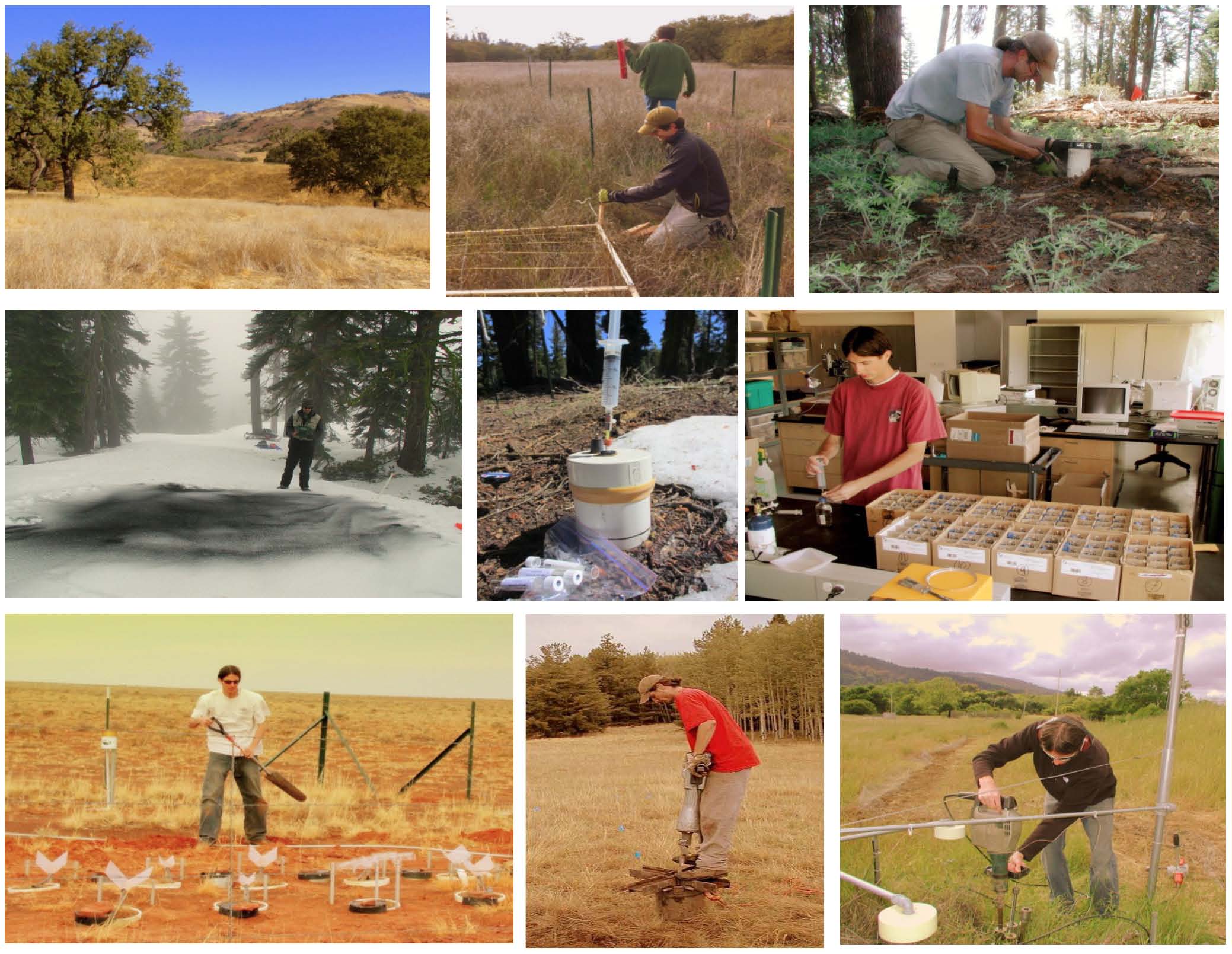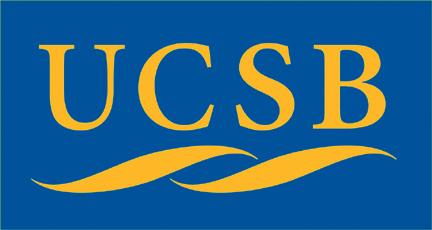|
|
Postdoctoral Research Associate
Phone: (805) 893-8633 Fax: (805) 893-4724
E-mail: joseph.blankinship@lifesci.ucsb.edu - Curriculum Vitae
Office: Noble Hall, Room 1108, Ecology, Evolution & Marine Biology University of California, Santa Barbara Santa Barbara, CA 93106-9620
Research
I never cease to be amazed by soil microbes -- that such small organisms can have such global impacts. Amidst a labyrinth of belowground tunnels, pores, and diverse micro-landscapes that we are only beginning to realize, superabundant organisms engineer, decompose, fertilize, recycle, remediate, and release climatically important gases into the atmosphere. Indeed, dirt is not dead.
My research aims to better understand how soil microbial processes are shaped by climate -- including the good (resource alleviation), the bad (resource limitation), and the ugly (chronic stress). I use a combination of field manipulations, environmental gradients, laboratory assays, and meta-analysis to: (1) quantify belowground responses to simulated climate change; and (2) explore the mechanisms and thresholds of microbial stress. I am particularly interested in the effects of altered carbon availability (e.g., atmospheric carbon dioxide, root carbon), climatic warming, and altered precipitation regime (e.g., amount, timing, rain vs. snow).
For the microbes who are responsible for soil organic matter decomposition and greenhouse gas emissions, we may actually depend on their process rates being slower in order to sequester more carbon and minimize radiative forcing caused by carbon dioxide, methane, and nitrous oxide. In my current project in a California annual grassland at Sedgwick Reserve, I am manipulating precipitation and labile carbon inputs in a full-factorial design to better understand the potentially universal controls on terrestrial carbon sequestration during drought. How important are physical processes (e.g., desorption, diffusion) vs. biological processes (e.g., colonization, enzyme production) in controlling microbial access to carbon during drought? Does drought modify microbial carbon allocation? And if so, by combining empirical measurements and modeling, what are the consequences of altered microbial carbonallocation for soil structure (e.g., exopolysaccharides) and the long term fate of organic matter at the ecosystem scale?

|
|
| |
 |
|
.
|
|
|

